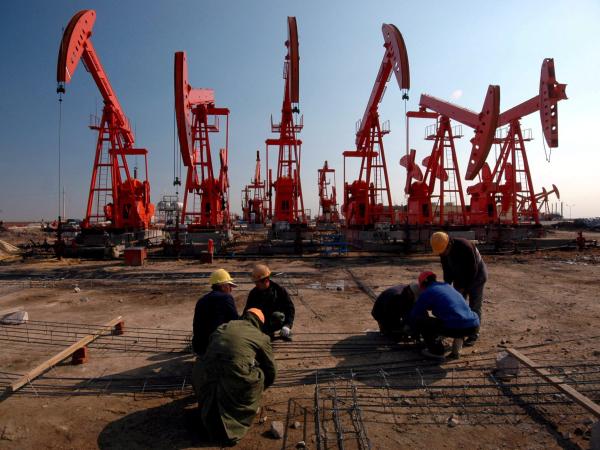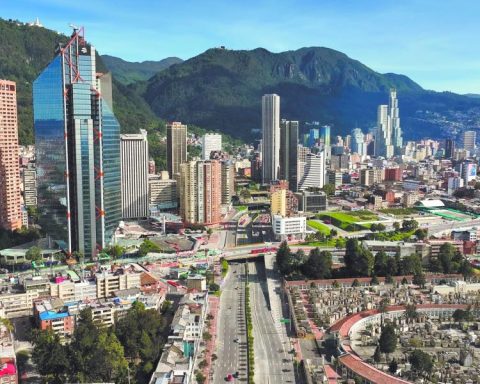oil prices rebounded, this Wednesday, September 14, driven by the lifting of health restrictions in China and the prospect of ending the use of strategic oil reserves in the United States.
(See: Venezuela, a key country to meet future energy demand: OPEC).
The price of a barrel North Sea Brent, for November delivery, it gained 0.99% in London, to close at $94.10. In New York, meanwhile, the West Texas Intermediate (WTI), for October delivery, it gained 1.34% to $88.48.
After Tuesday’s drop due to a higher-than-expected inflation indicator in the United States, operators reacted to the announcement of the lifting, as of Thursday, September 15, of the confinements in chengdu, one of the largest Chinese cities (1 million inhabitants).
“The new great movement in the oil market could only come from the world’s largest oil importer, and the relaxation of (sanitary) restrictions should provide solid foundations” to the prices, summarized in a note Edward Moya, of Oanda.
(See: Political crisis in Latin America takes the shine off the oil boom).
In addition, the International Energy Agency revised its edemand estimation for 2022, but maintained its growth forecast for 2023.
According to the IEA “if the Chinese economy reopens (in 2023) we will have difficulties in meeting demand“explained Phil Flynn of Price Futures Group.
A slight weakening of the dollar also supported prices. And it is that a weak dollar means a cheaper barrel for investors in other currencies.
The report of reserves in the United States did not generate downward movements, despite a higher than expected rise in commercial crude reserves in the country, which was tempered by data from massive use of strategic reserves.
(See: US commercial crude stocks rose more than expected).
In the week ending September 9, commercial crude stockpiles gained 2.4 million barrels (mb) versus 1.85 mb expected by analysts.
But like every week for months, the reading of these data must be tempered by the use of significant volumes of US strategic reserves released on the market: in the past week, the fall in these stocks was 8.4 mb.
(See: The countries with the lowest and highest gas prices in the world).
Strategic Reserves (SPR) are at their lowest level since October 1984. Since the Joe Biden government began using them in September 2021 to combat gasoline price hikes, the decrease has been about 187 mb.
WTI is already above 88 dollars.
The US government indicated last week that this strategy will come to an end in October.
“The market is beginning to realize that if this additional oil did not arrive, our supply would be considerably reduced.Flynn pointed out.
AFP

















